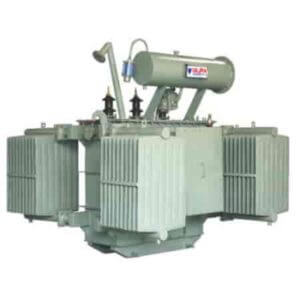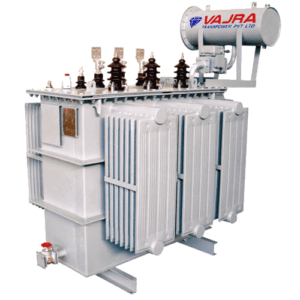Introduction:
Transformers play a pivotal role in the efficient transmission and distribution of electrical energy. Among the various types available, distribution transformers and power transformers stand out as essential components of the electrical grid. Understanding the distinctions between these two transformers is crucial for ensuring the seamless functioning of power systems. In this blog post, we explore the disparities between distribution transformers and power transformers, shedding light on their unique characteristics and applications.
Distribution Transformers:
Distribution transformers serve as the backbone of local electricity distribution networks. These transformers play a crucial role in stepping down the high voltage from transmission lines to a lower voltage suitable for consumer use. Here are some key features of distribution transformers:

Voltage Regulation:
- Typically operating in the range of 11 KV to 33 KV on the primary side and 415 V on the secondary side, distribution transformers are designed for easy installation on utility poles or for ground-level installation when pad-mounted.
- Their primary function is to reduce voltage for safe distribution to homes, businesses, and industrial facilities.
Size and Design:
- Distribution transformers, which are smaller in size compared to power transformers, undergo design for easy installation on utility poles or for ground-level installation when pad-mounted.
Location:
- Placed strategically near load centers, these transformers aim to minimize energy losses in the distribution network.
- They commonly serve urban and suburban areas, meeting the demand for local electricity.
Power Transformers:
Power transformers, on the other hand, are integral to the transmission of electricity over long distances from power generation plants to distribution networks. Here are some distinctive features of power transformers:

Voltage Levels:
- Power transformers operate at higher voltage levels, often ranging from 132 kV to 765 kV on the primary side.
- Their design allows them to efficiently step up or step down voltage levels for long-distance power transmission.
Capacity and Size:
- Power transformers are larger and have a higher capacity compared to distribution transformers.
- Their robust design allows them to handle significant power loads over extended distances.
Location:
- Power transformers are typically located at substations near power plants, facilitating the transition between the generation and transmission phases of the electrical grid.
Conclusion:
In summary, while distribution transformers focus on local voltage regulation and safe electricity distribution, power transformers play a critical role in the transmission of electricity across long distances. Both types are essential components of the electrical grid, working in tandem to ensure a reliable and efficient supply of electricity to end-users.
Understanding the nuances between distribution transformers and power transformers is vital for power system engineers, utility companies, and anyone involved in the planning and maintenance of electrical infrastructure. As technology continues to evolve, these transformers will undoubtedly adapt to meet the ever-growing demands of the modern world.
For further insights, you can explore our detailed blog post on navigating the electrical landscape: Navigating the Electrical Landscape.
